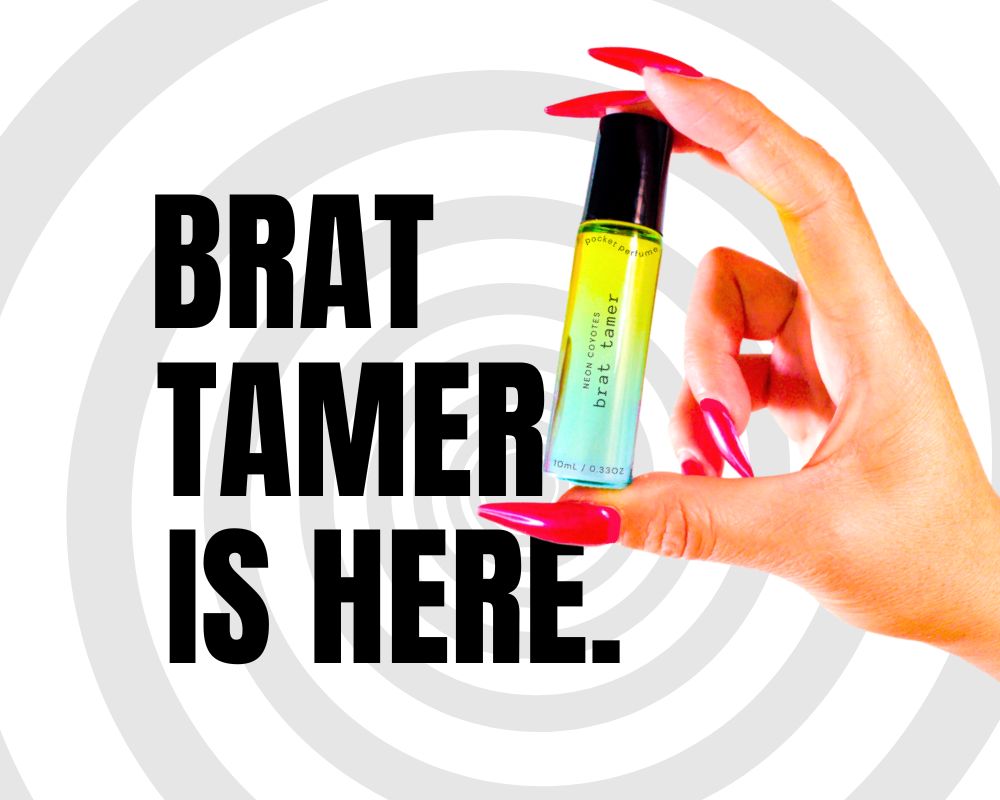What is a Rigger?
Think of a rigger as an artist whose medium is rope and canvas is the human body. Just like how we at Neon Coyotes craft our leather with precision and care, riggers craft their rope work with a blend of technical expertise, creativity, and deep respect for their partner's trust.
What Makes a Rigger?
A rigger is someone who practices the art of rope bondage (also called Shibari or Kinbaku). They're like architects of temporary art – creating beautiful, safe, and sometimes complex rope designs on their partners' bodies. And just like choosing the perfect collar, every tie has its purpose and beauty.
Essential Rigger Skills
- Understanding of rope safety
- Knowledge of human anatomy
- Technical rope proficiency
- Risk awareness
- Clear communication
- Emotional intelligence
The Learning Journey
Becoming a rigger is like mastering any craft:
- Start with basic safety and fundamentals
- Learn from experienced practitioners
- Practice (a lot!) before practicing on people
- Study anatomy and circulation
- Develop your own style
- Never stop learning
Safety First (Always!)
Just as we ensure our leather is body-safe, riggers must prioritize safety:
- Keep safety shears accessible at all times
- Monitor partners constantly
- Know emergency release techniques
Types of Rope Work
- Floor work (low-risk, great for beginners)
- Partial suspensions
- Full suspensions (advanced only!)
- Decorative ties
- Functional restraints
Essential Equipment
- Quality rope
- Safety shears
- Clean workspace
- Practice surfaces
- First aid knowledge
- Emergency plans
Common Misconceptions:
- It's not just about restraint
- Technical skill matters more than strength
- Anyone can learn (regardless of gender)
- It takes time to master, but the learning part is just as fun!
- Simple ties can be just as beautiful as complex ones
Building Trust
Like wearing our day collar, rope creates a special bond:
- Clear communication is vital
- Trust develops gradually
- Feedback is essential
- Consent is ongoing
- Aftercare is important
For Beginners:
- Start with basic floor ties
- Practice on yourself first
- Learn from qualified teachers
- Focus on safety before aesthetics
- Build your skills gradually
The Emotional Aspect
Being a rigger isn't just technical:
- Understanding partner needs
- Reading body language
- Managing energy exchange
- Creating safe spaces
- Building connection
Remember: While we might specialize in leather rather than rope, we understand the importance of quality materials and craftsmanship in any form of bondage. Whether you're exploring rope work or starting with our beginner-friendly leather cuffs, the key is always safety, consent, and respect.
Ready to start your rigger journey? While you're building your rope skills, our leather restraints make excellent practice tools for understanding power exchange and body awareness. Because sometimes the best way to learn about bondage is to start with something simple and beautifully crafted.












